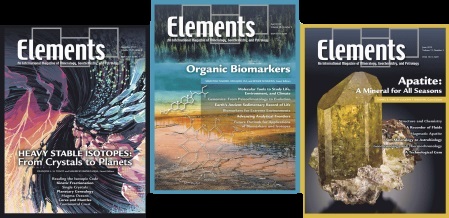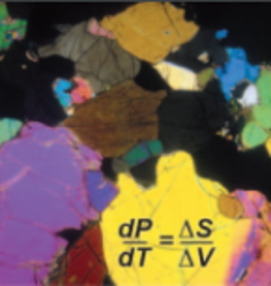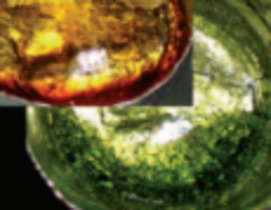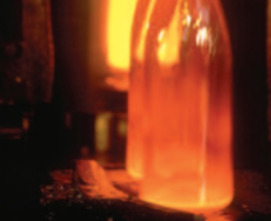Thermodynamics: The Oldest Branch of Earth Sciences?
All geological changes result from the transfer of matter and energy, the study of which is the goal of thermodynamics. Investigating natural processes thus necessarily involves thermodynamic considerations. This has long been practiced implicitly, as shown by the smart reflections made by “natural philosophers” from antiquity to the 18th century about topics ranging from atmospheric phenomena to the early history of the Earth. Since the early 19th century, investigations explicitly take advantage of a rigorous framework that deals with chemical and thermal aspects of the Earth’s activity. Far from being abstruse, these principles can in fact be summarized in a simple and concise way.
Thermodynamics: The Oldest Branch of Earth Sciences? Read More »




